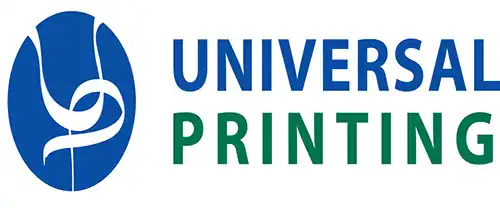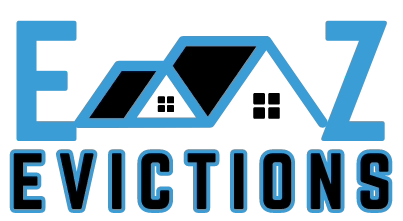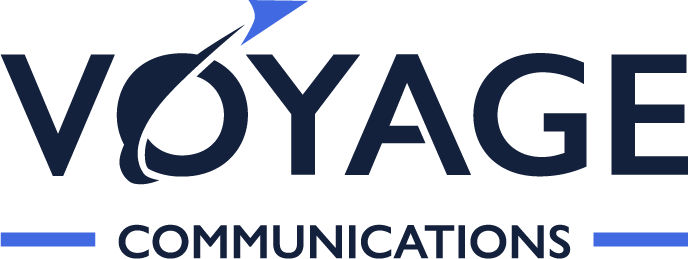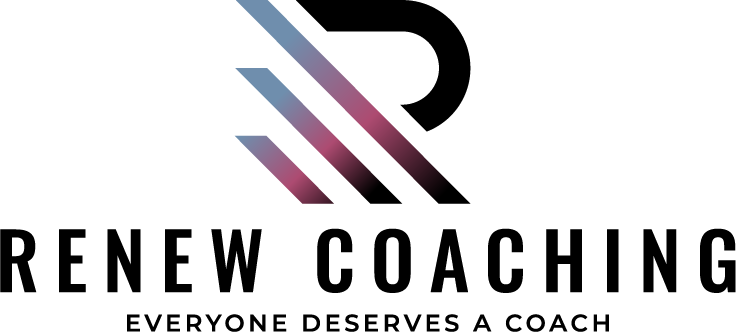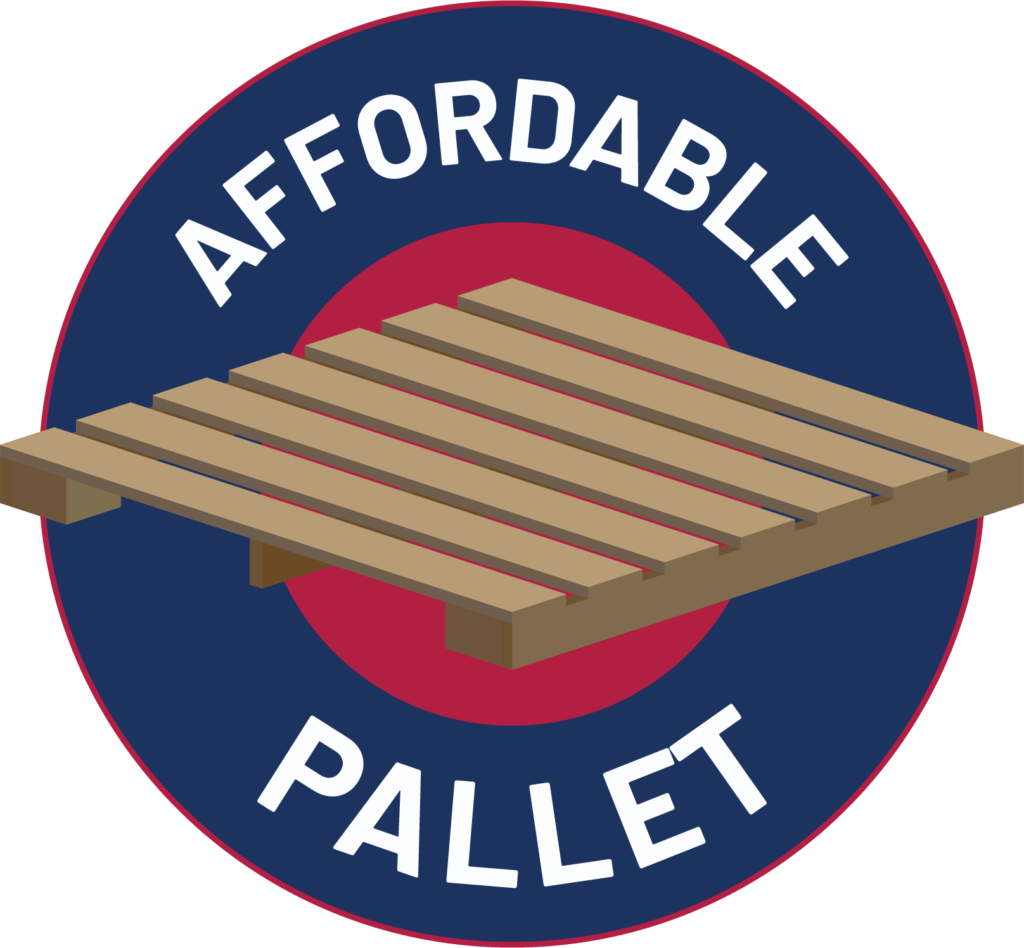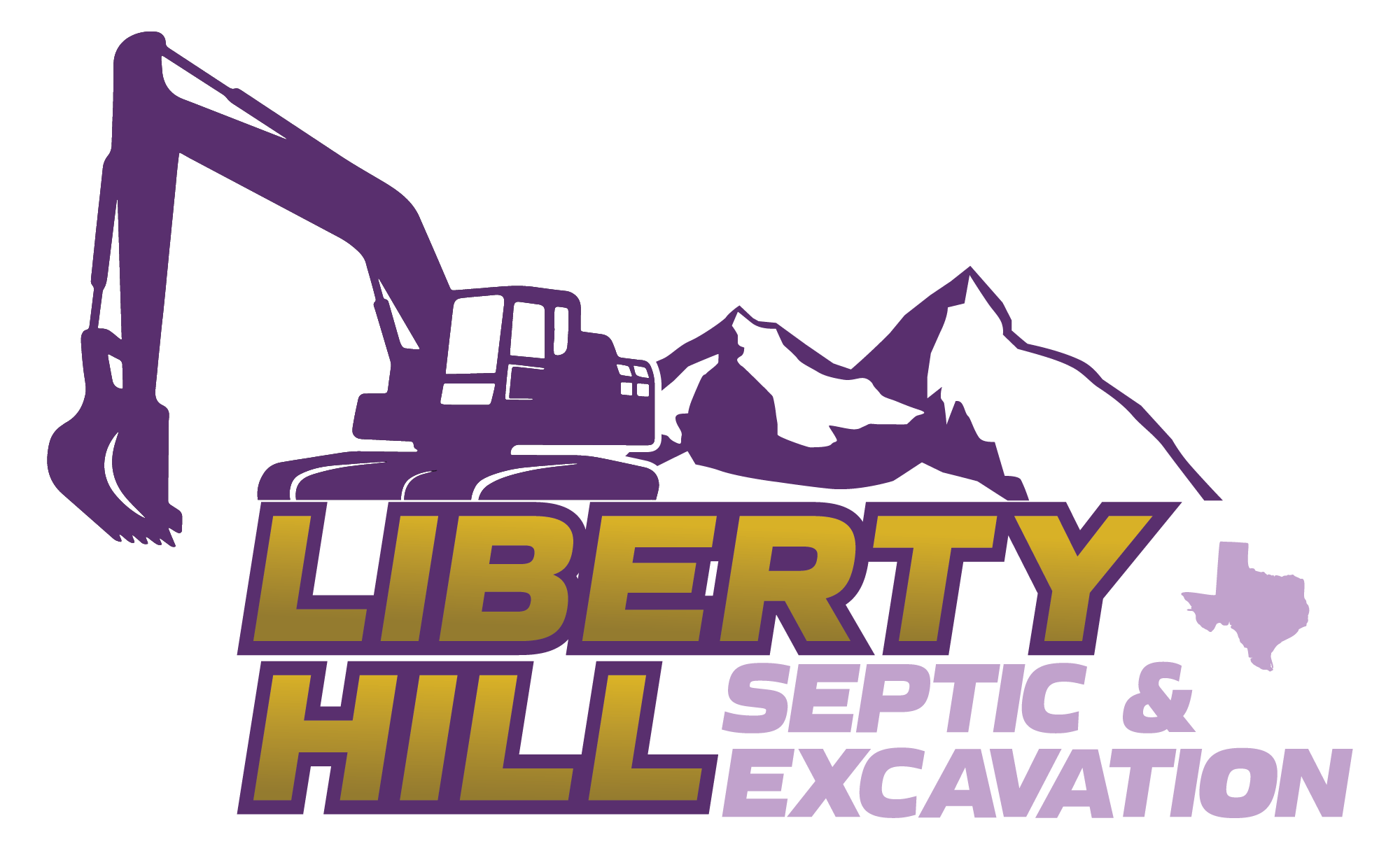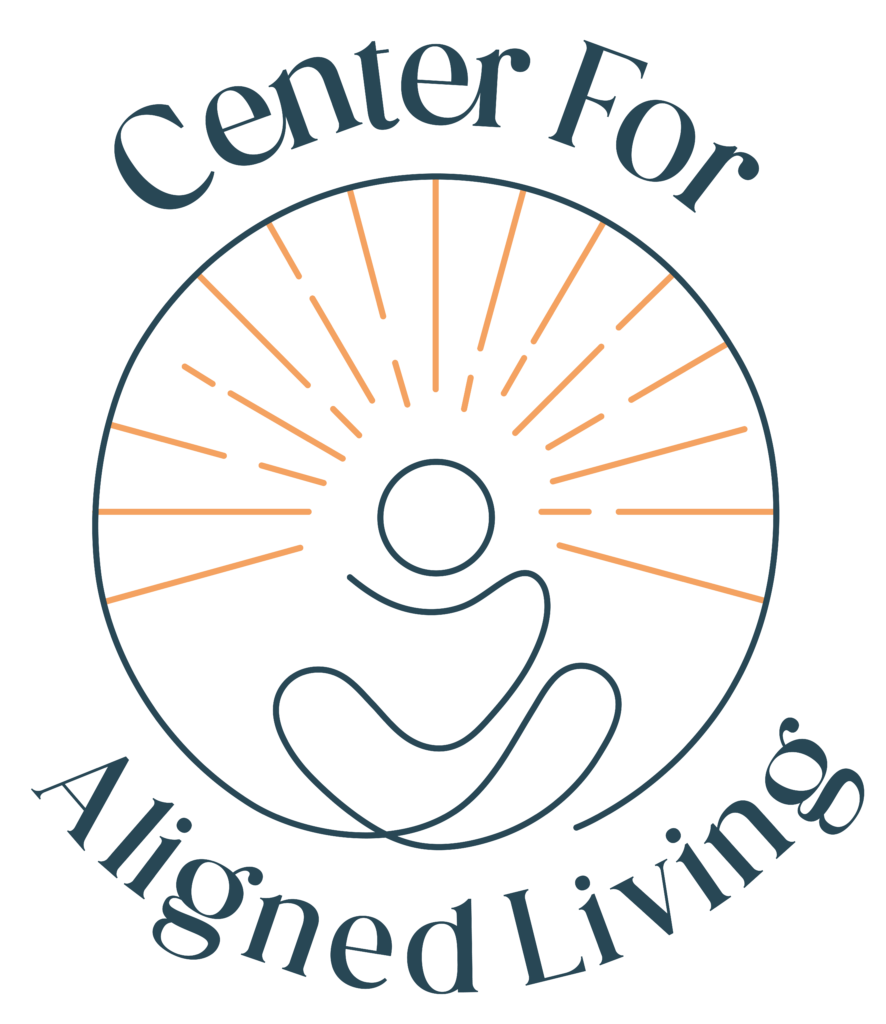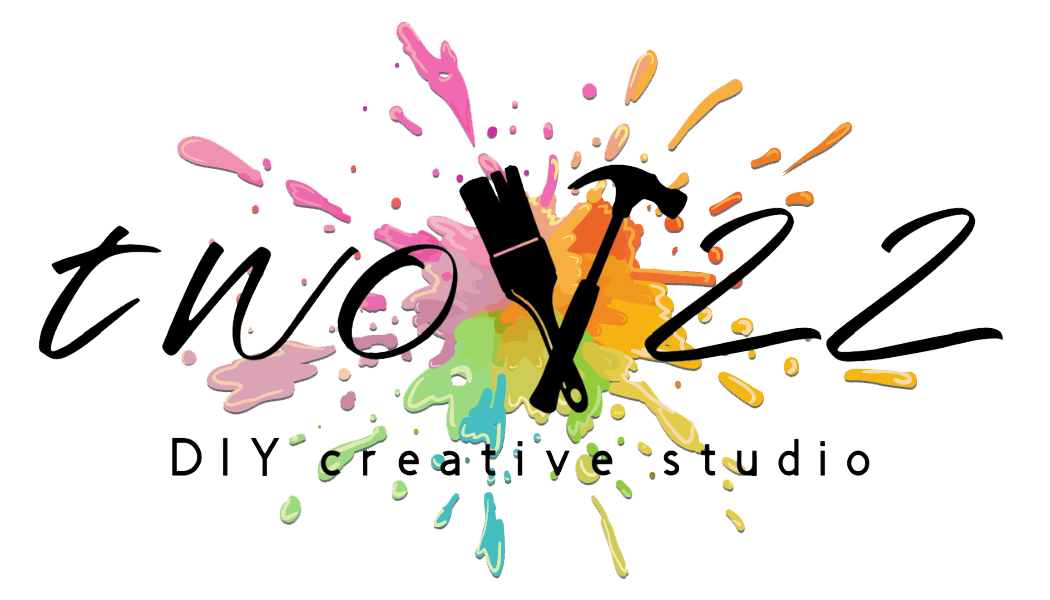Marketing That Moves Your Business Forward
At Moxie360 Marketing, we’re not just here to check boxes, we’re here to make things happen. We’re a full-service marketing agency fueled by creativity, strategy, and a serious drive to help businesses grow. Whether you’re a startup looking to make a splash or an established brand ready to level up, we bring the tools, talent, and tenacity to make your vision a reality. From website design and SEO to social media, lead generation, and media production, we do it all—and we do it with energy, excellence, and heart.
What sets us apart? It’s our passion for people and purpose. We believe marketing works best when it’s rooted in authentic connection, smart strategy, and shared goals. We collaborate closely with our clients, bringing fresh ideas, tailored solutions, and relentless follow-through. At Moxie360, your success is our mission—and we’re just getting started.
Full-Service Marketing Agency Solutions
Digital Presence & Web Solutions
Content & Creative
We help you stand out with custom designs that aligns with your brand.
Social & Community Engagement
Strategy & Growth
We combine data-driven strategies and hands-on guidance to maximize ROI and keep your brand moving forward.
Analytical Marketing Approach
Real Impact, Real Numbers







